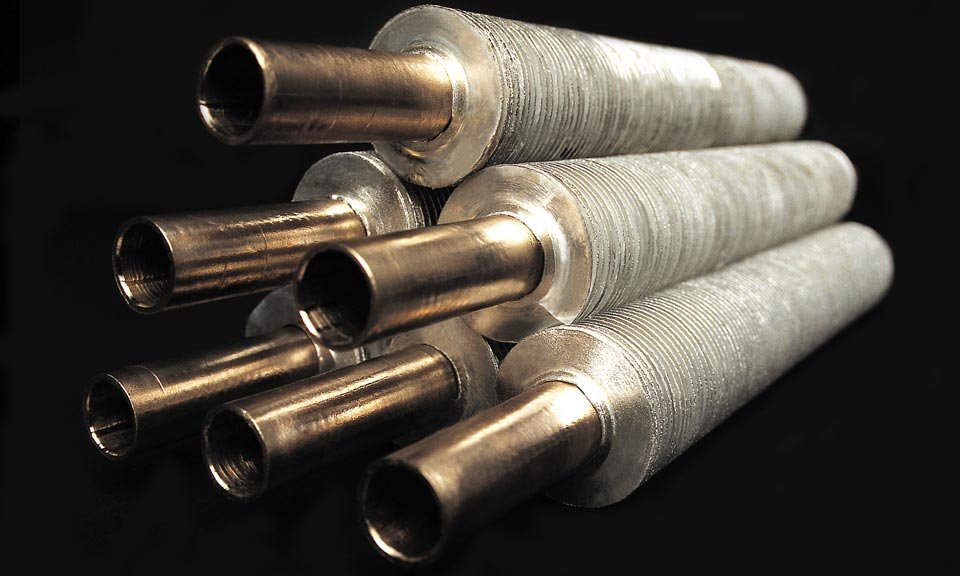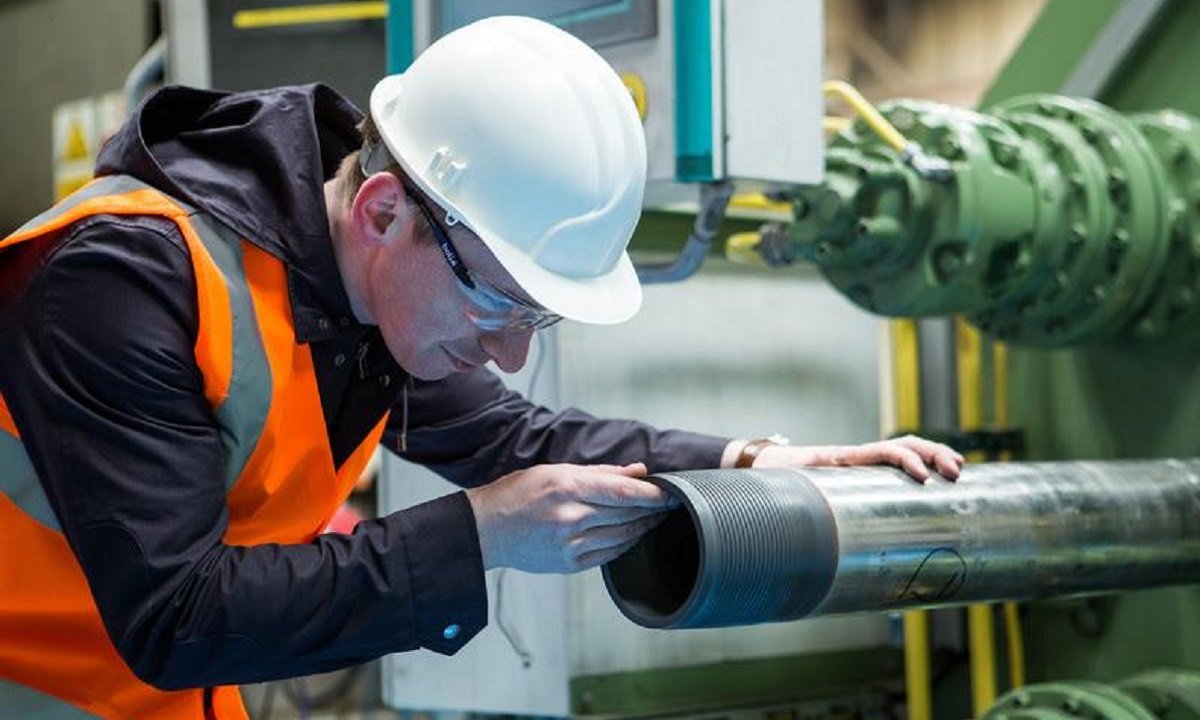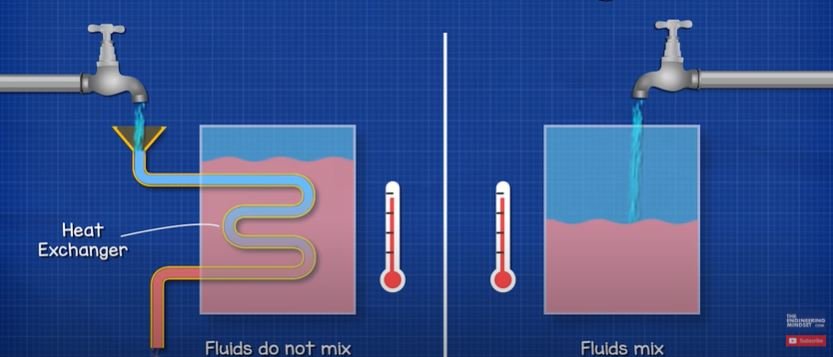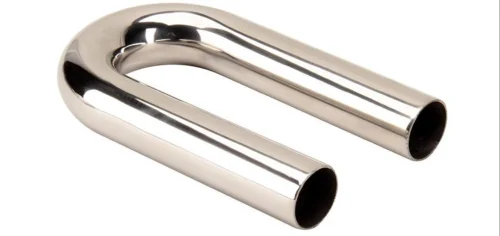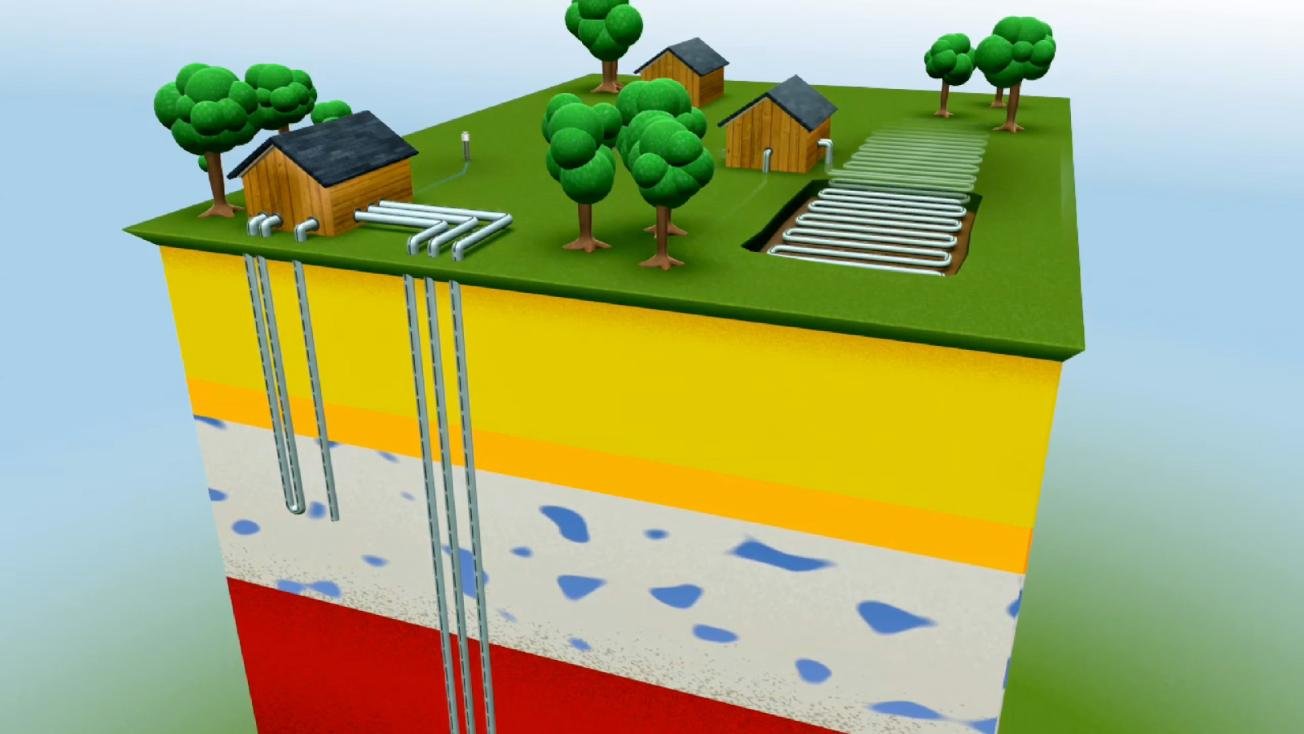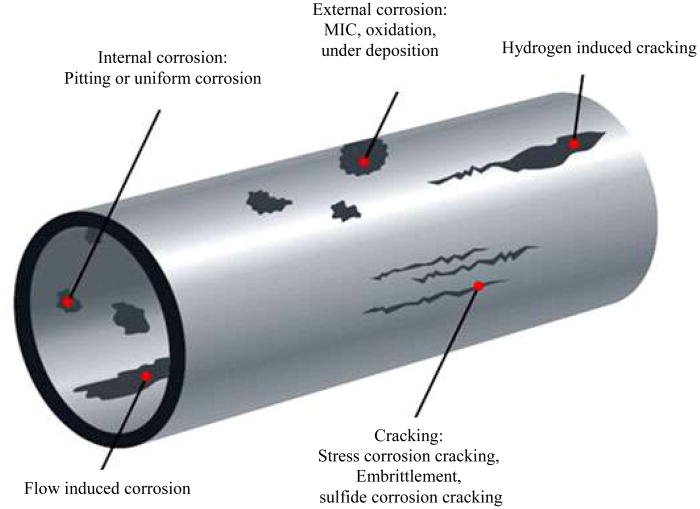Meta Description:
Understand how to interpret a stainless steel tube Mill Test Certificate (MTC). Learn what each section means, how to verify compliance, and why it matters for project quality and traceability.
Introduction
When sourcing stainless steel tubes for critical applications, the Mill Test Certificate (MTC) is more than a formality — it’s your proof of compliance, traceability, and technical integrity.
This article breaks down the structure of an MTC based on EN 10204 standards, explains how to verify key data, and shows how DLSS ensures your certificate matches your delivery.
1. What Is a Mill Test Certificate (MTC)?
A Mill Test Certificate (also called a Material Test Certificate or Inspection Certificate) is a quality assurance document issued by the manufacturer to confirm that the material complies with the relevant standards and specifications.
DLSS typically issues certificates according to EN 10204 Type 3.1 or 3.2, which are commonly required in industries like oil & gas, power, chemical, and marine.
2. EN 10204 Certificate Types Overview
- 2.1: Declaration of compliance only (not recommended for critical use)
- 2.2: Includes basic test results but no traceability
- 3.1: Issued by manufacturer’s QA department, includes actual test results and heat number
- 3.2: Verified by a third party (e.g. SGS, BV, TÜV) along with manufacturer — used for high-risk projects
For detailed reference, visit BSI: EN 10204 Explained
3. Key Sections in a Stainless Steel Tube MTC
Here’s a typical breakdown of sections you’ll find in a Mill Test Certificate:
1. Header Information
- Manufacturer name and logo
- Purchase order (PO) number
- Customer name and reference
- Date of issue
- MTC serial number
2. Product Description
- Product name (e.g., Stainless Steel Seamless Tube)
- Dimensions: OD, wall thickness, length
- Quantity and total weight
- Surface finish: Pickled, Bright Annealed (BA), Electropolished (EP), etc.
- Delivery condition (annealed, cold drawn)
3. Material Grade and Standard
- Designation (e.g., TP316L, 1.4404, UNS S31603)
- Manufacturing standard (e.g., ASTM A213 / EN 10216-5)
4. Heat Number and Batch Number
- Unique identifier to trace material back to production batch and raw material source
5. Chemical Composition (Heat Analysis)
- Shows actual % values of C, Si, Mn, P, S, Cr, Ni, Mo, N, etc.
- Should comply with the standard’s specification range
6. Mechanical Properties
- Yield strength (MPa or N/mm²)
- Tensile strength
- Elongation (%)
- Hardness (HB or HRB)
- Impact test results (if required)
7. Non-Destructive Testing (NDT)
- Ultrasonic Test (UT), Eddy Current (ET), Hydrostatic pressure test results
- Compliance with standards such as ASTM A450, EN ISO 10893
8. Surface Roughness (for EP/BA tubes)
- Ra values reported (e.g., ≤ 0.25 µm for EP finish)
9. Certifications and Approvals
- EN 10204 3.1 or 3.2 endorsement
- Third-party inspector signature and stamp (for 3.2)
- DLSS QA stamp and representative signature
4. How to Verify an MTC
- Cross-check heat number on MTC and on tube marking
- Verify chemical and mechanical values match the standard
- Ensure NDT and surface finish values meet project requirements
- Check traceability to raw material source
- Look for original signatures and stamps from the manufacturer or third party
5. DLSS MTC Best Practices
DLSS includes these additional measures:
- PDF MTC with watermark and digital signature for security
- Color-coded highlight of critical values (on request)
- Project-specific tagging on tubes and crates
- MTCs archived for 10+ years, available on request
- Bilingual MTCs (English + Chinese) for international clients
FAQs
Q1: Is a 3.1 certificate sufficient for oil & gas projects?
Yes, in many cases. But for high-risk or offshore applications, a 3.2 certificate may be mandated by the end user or EPC contractor.
Q2: Can DLSS issue MTCs with dual standard compliance?
Absolutely. For example, TP316L tubes can be certified under ASTM A213, EN 10216-5, and NACE MR0175 simultaneously.
Q3: What if the MTC data doesn’t match the product?
DLSS follows strict QA protocols to ensure every MTC is batch-matched and verified before shipping. Discrepancies trigger a full investigation and corrective action.
Conclusion
Reading and verifying a Mill Test Certificate is essential to project quality, material traceability, and safety. At DLSS, we ensure every stainless steel tube is delivered with a complete, accurate, and verifiable MTC — helping you build with confidence.
Contact DLSS
Email: info@dlsspipe.com
Website: www.dlsspipeline.com
Need help understanding or customizing your MTCs? Our technical team is ready to support your QA and procurement documentation needs.


